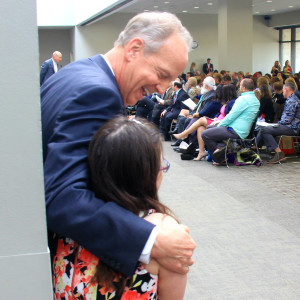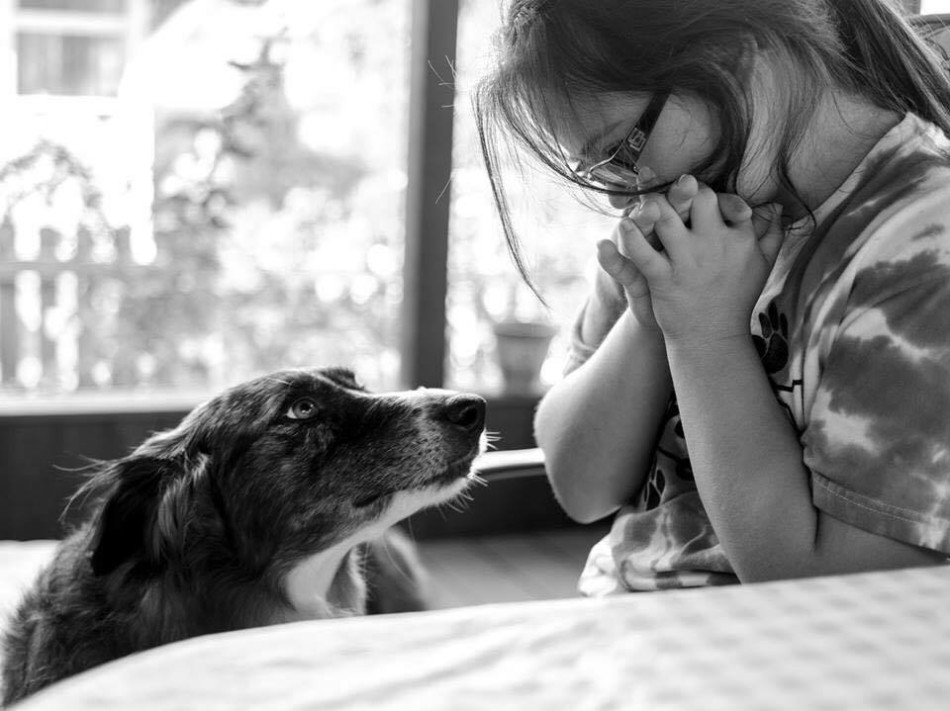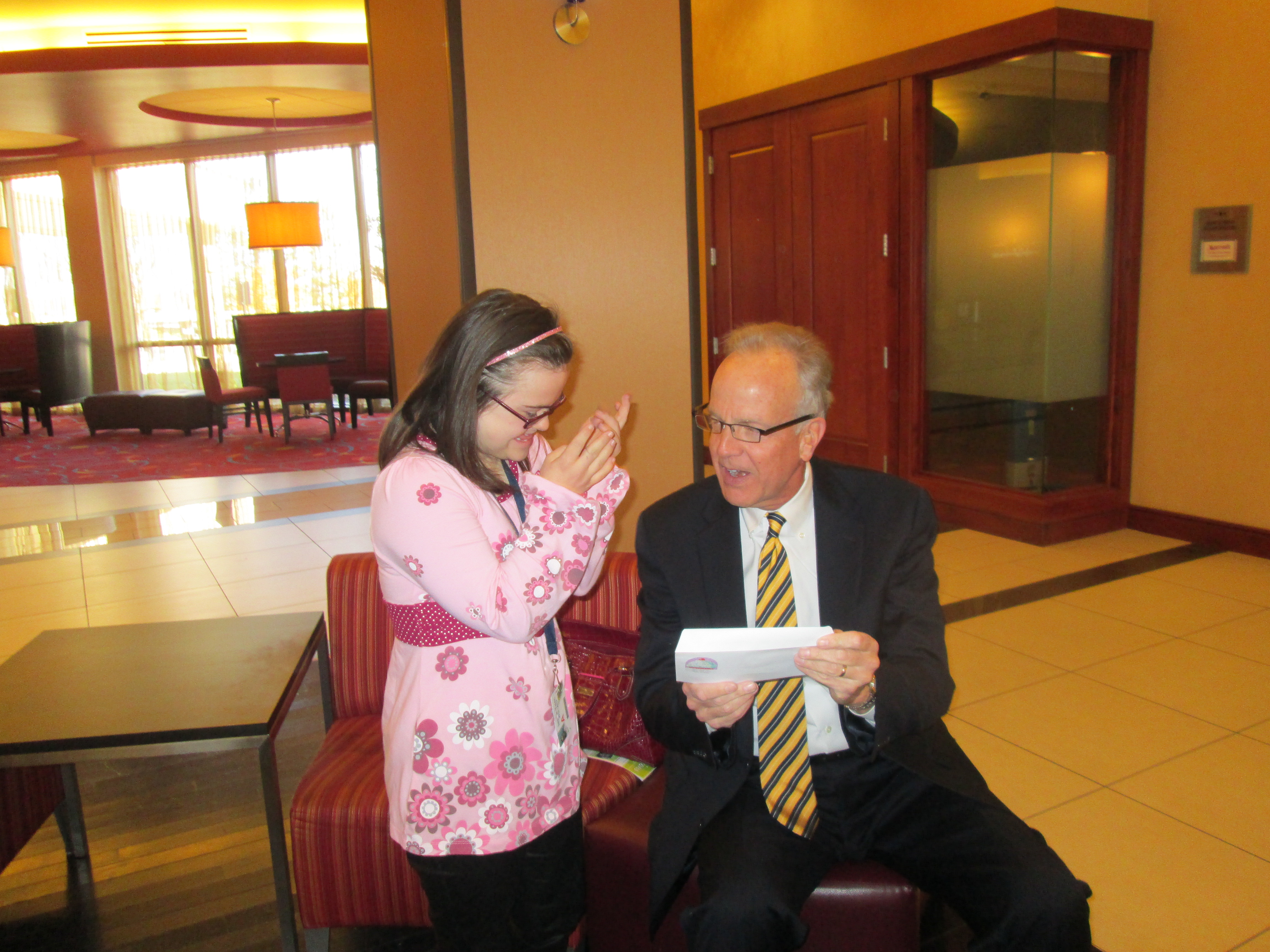
A few weeks back, Rachel and I had the honor of leading a session at the National Down Syndrome Congress (NDSC) Virtual Advocacy Training Boot Camp. We had the task of sharing with participants how you effectively engage with legislators and use social media to advocate. We are thankful that we were able to provide this training, but we combined two presentations into one and absolutely did not have enough time to fully explain either. Still, I believe that based on the feedback, people took away helpful information and now have more tools in their advocacy toolbox. You can find those resources at NDSC Advocacy Training.
One of the questions during Q&A was how did Rachel get started in legislative advocacy? She looked at me and I whispered “pink house.” The pink house made her kind of famous, but that’s not where she started.
Often, our children follow in our footsteps. Sometimes, they go in a completely different direction. Take Rachel’s involvement in theatre, dance and musicals. Jonathan and I have both done a few high school plays and church skits, and we do love Broadways shows and musicals, but both of us are way more interested in sports. I laugh and say that God definitely had a sense of humor giving me a girlie girl. I would much rather watch college football than go to a dance recital. But, it was clear when Rachel was little that she was a performer. Dance. Act. Sing.Model. She loves the stage. So, I learned how to manage make-up, hair, costumes, and both of us shed only a few tears along the way. My point is that whether Rachel had Down syndrome or not, we would have supported the activities that appealed to her.
I have always loved American History, and I’ve always followed politics. My true introduction was when, as a high school junior, I went to Washington DC on a 4-H trip. I loved The Hill. I loved meeting Members of Congress, calling the Hogs on the Capitol steps, and just that feeling you get from being there. Long before Rachel, I had done volunteer advocacy on issues related to teenagers and had chaperoned several 4-H groups to the Hill. When Rachel was born, I learned that I was going to have to put that advocacy hat on and hit it hard. There was a lot of work to be done.
I guess Rachel’s start came when she was just two years old. We were living in Tennessee, and I had been writing my Congressman about an early intervention issue. I learned he was having a Town Hall meeting, so I took her to the meeting. I figured they would call on me if I had a toddler in tow because they would be afraid of the disruption that might be on the horizon. I was right. They called on me. We went on to have a great relationship with him.
Rachel was three when she went on her first trip to the Tennessee Capitol in Nashville. It was a family affair for us and we went with others from our community and across the state for Disability Day. It was about a three hour drive, and we had left home at 7 AM. By about 1:00 PM, Rachel needed a break. Her daddy said he would sit in the hall on the main floor with her while I went with others to finish up visits.
About an hour later, I came back to see a crowd of people around the bench where they were sitting. Rachel was in the middle of the group entertaining them. Jonathan said we should have just sat here all day because everyone stopped to visit including several key legislators we had missed earlier that day.
Rachel was in kindergarten for her next visit to the Capitol. I let her carry the letters we had written to the legislators and hand them to them at the meetings. We walked into one office and she pushed ahead of me, stuck her hand out to shake hands, and said, “I am Rachel and I am fully included in my classroom.” I have never been more stunned. We had not really talked with Rachel about that. I am careful not to discuss school issues in front of her. Clearly, she had paid attention when I had spoken to people though. That moment was better than anything I could have said or done. That’s when I knew I was in trouble. I was right. She is a masterful negotiator.
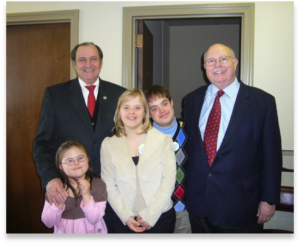
When we moved to Kansas, I had already started working on the legislation that would eventually become the ABLE Act. I have always believed that it was important for Rachel to be able to advocate for herself. My term is that it is important for her to find her own voice. Because legislative advocacy was important to me and our family, it was a somewhat natural segue for Rachel to follow in these steps. Some of Rachel’s personality traits make her a a natural advocate. She has this infectious smile and bright eyes. Some say “she smiles through her eyes.” She is friendly and outgoing and not shy about speaking up. She makes people feel welcome. She has an easy way about her. She is high energy, and trust me, that is an enviable trait for anyone doing advocacy.
She also has parents who believe our voices need to be heard. We believe that it is important to be a part of the change. As a family, we made a decision early to invest time and resources into making legislative advocacy a priority. And yes, we are aware that not everyone is able to do that and that it is a privilege, an honor, and a great responsibility. When Rachel opened the first Kansas ABLE Account, I said that we were honored for Rachel to be the first, but we are simply the face of many others who had quietly done their part from behind the scenes. We represent every phone call, email, meeting and even those that were not able to do that.
When Rachel was 12, I decided it was time to take her to The Hill so she joined me when I went to an advocacy day on The Hill in Washington DC. By this point, we were pushing the ABLE Act pretty hard. One of the tools I/we always use when visiting legislators is a one-pager. Some people call it a bio or simply a letter. It’s pretty simple. You combine a little information about yourself along with information about a legislative issue, why this issue is important to you and an “ask”. The ask is very important. In Rachel’s case, her one pager was simply a page with a paragraph or two about her and then information on the ABLE Act and why it was important to her and other’s with disabilities that this legislation be passed.
Rachel and I put her one-pager together. She chose the pictures she wanted to use, and she gave me input on what should be said. Then, we practiced at home. We talked about why the ABLE Act was important and in a way she could understand. We talked about her dream of growing up and becoming an actress, getting married, living in her own house and how the ABLE Act would help. Then, she carried those one-pagers herself and gave them to the Members as she shook hands.
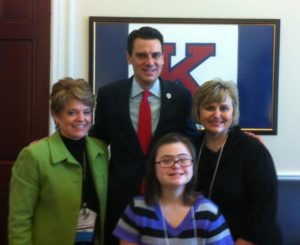
Her first trip to The Hill she met our first-term Congressman and his staff. They immediately became buddies. We visited several other offices but the highlight of the day happened in our freshman Senator Jerry Moran’s office. In a room full of people Rachel said, “Senator Moran, you need to pass the ABLE Act so I can live in a Pink House!” Everyone started laughing and she flashed that winning smile and that look of I’m serious. That is where Rachel’s Pink House was born. Soon, it became a symbol of her march to independence.
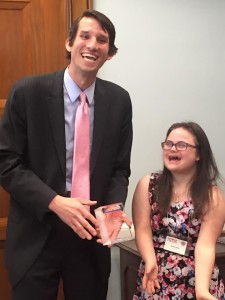
That trip was Rachel’s true start in advocacy on her own. Yes, it has been a family affair, but Rachel has grown into an amazing advocate in her own right. I learned a very important lesson in that State Representative’s Office: Rachel pays attention. She hears what is said. She may struggle to explain it, but she gets it in her heart. Her heart and her persistence are the winning combination.
I truly saw this in action after we passed the initial ABLE Act. We needed to pass improvement acts. One was ABLE To Work. Rachel was with a group of Kansans in Senator Moran’s office. The groups had a meeting with him and his staff, and then they were walking together to an awards luncheon. The meeting wrapped up, and he had not committed to signing on to the bill. Ever the advocate, Rachel circled around the group and said, “Senator Moran, we need you to sponsor the ABLE to Work act before we go.” He said, “Done” and instructed his staff to sign on to the bill. From all those meeting, Rachel had learned the importance of the ask and getting someone to commit to the ask. He received an award at the luncheon and in his remarks he said, “Where is Rachel?” She sprinted up to stand beside him and he said, “Rachel was just in my office, and she made sure I signed on to the ABLE to Work act before we left my office. Everyone needs to be more like Rachel. Go get your Senator to sign on and let’s pass ABLE to Work.”
Through the years, Rachel has been a trooper. She has gone with me to give testimony, attended lunches, gone to advocacy days when she would have preferred to go to school. She has missed a few events to advocate or sometimes just to be present. Rachel understands that it is important not just to her but to others. She has been a good soldier. Lately, it seems I’ve been to visit legislators without Rachel more often than not. She always sends the same message, “Please tell Senator/ Congressman/ Congresswoman X than I know they are sad they missed me.” She is right. The first question is always “Where is Rachel?”
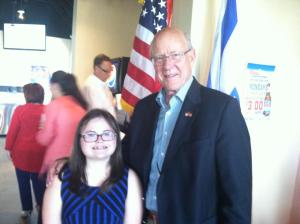
Rachel has found her voice, and like each one of us, she has a story. The characteristics and personality traits that make her a good advocate aren’t because she has Down syndrome, but Down syndrome is an important part of her story. Most likely, she would have had many of these same characteristics and personality traits whether she had Down syndrome or not. Likewise, there are many people who have found their voices, who are not outgoing and they are not comfortable talking to people. They all have an important story that needs told and heard. This is just the story of what helped Rachel get into legislative advocacy.
Rachel ends her presentations these days with “I am Rachel. I have Down syndrome, but I am not Down syndrome. I am Rachel, and I love my life.” About advocacy and helping others to become more effective advocates at the NDSC Advocacy Training Boot Camp she said, “I am proud that I can be a voice for my friends with Down syndrome so they can live their dreams, too.”
